I'm fixing a linear regression with lm() like
model<-lm(y~x+a, data=dat)
where a is a blocking variable with multiple factor levels.
summary(model)
Call:
lm(formula = y ~ x, data = dat)
Residuals:
Min 1Q Median 3Q Max
-1.45006 -0.20737 0.04593 0.26337 0.91628
Coefficients:
Estimate Std. Error t value Pr(>|t|)
(Intercept) -7.704042 1.088024 -7.081 1.08e-10 ***
x 0.248889 0.036436 6.831 3.81e-10 ***
a1 0.002695 0.150530 0.018 0.98575
a2 0.491749 0.152378 3.227 0.00162 **
a3 0.349772 0.145024 2.412 0.01740 *
a4 -0.009058 0.138717 -0.065 0.94805
a5 0.428085 0.128041 3.343 0.00111 **
---
Signif. codes: 0 ‘***’ 0.001 ‘**’ 0.01 ‘*’ 0.05 ‘.’ 0.1 ‘ ’ 1
Residual standard error: 0.4505 on 119 degrees of freedom
Multiple R-squared: 0.4228, Adjusted R-squared: 0.3937
F-statistic: 14.53 on 6 and 119 DF, p-value: 2.19e-12
I'm trying to display the same equation and R2 I would get with summary(model) when plotting the raw data and the regression line using ggplot, but because I'm not actually providing a, it's not taking into the fitting of stat_poly_eq()
ggplot(data=dat, aes(x, y)) +
geom_point() +
geom_abline(slope=coef(model)[2], intercept=coef(model)[1], color='red') +
stat_poly_eq(data=plankton.dat, formula = y ~ x,
aes(label = paste(..eq.label.., ..rr.label.., sep = "~~~")),
parse = TRUE, size=3, colour= "red")
Naturally, because lm() and stat_poly_eq() fit the model differently, the resulting parameter estimates and R2 are different.
Is it possible to include the blocking variable in stat_poly_eq and if so, how?
